Khadija El Sharawy
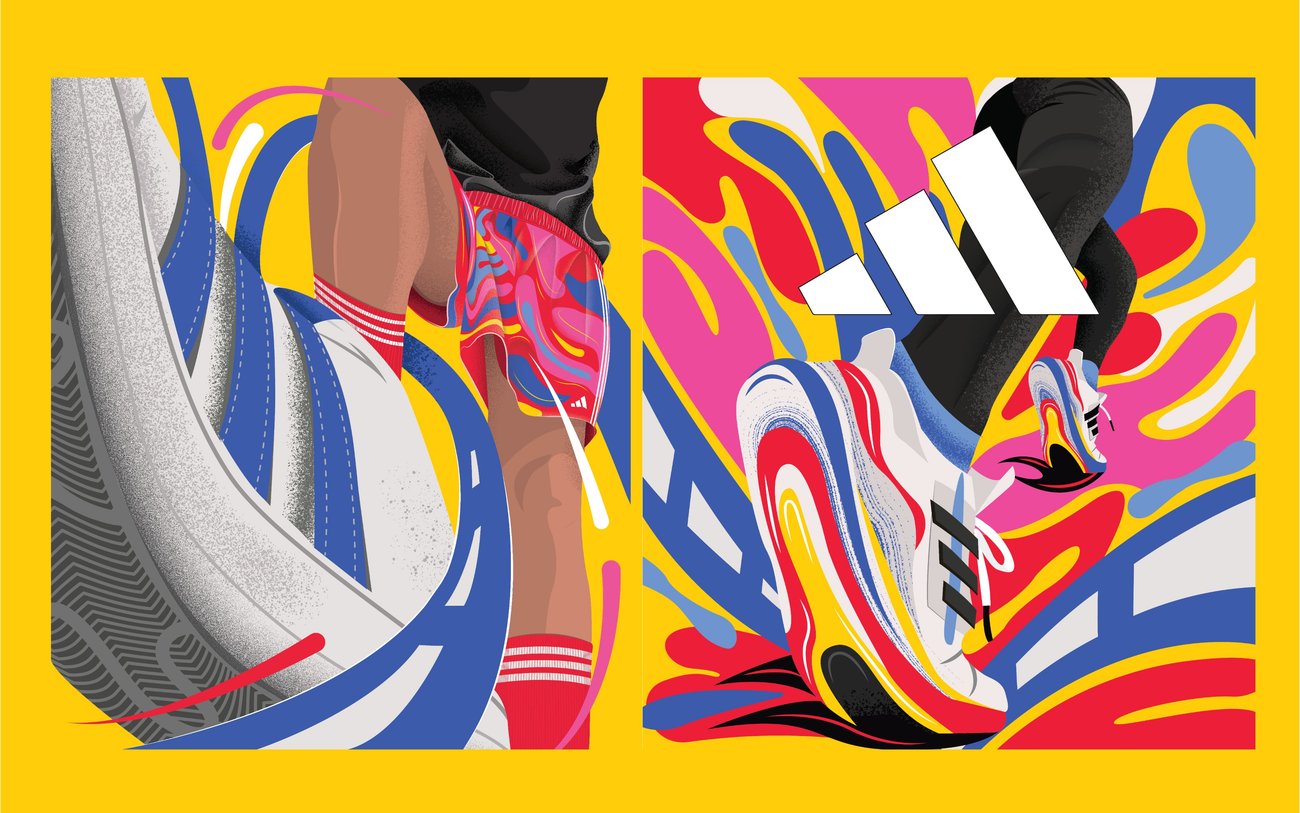
Khadija El Sharawy is an independent graphic designer from Cairo, Egypt, a self-taught animator, and a Top Teacher on Skillshare with over 15,000 students. With a specialty in branding and packaging, she’s passionate about creating thoughtful, expressive work that bridges strategy and storytelling. With eight years of experience, her work spans playful animations, bespoke logo designs, and limited edition packaging for brands like Coca-Cola—but her favorite projects are always the ones that allow room to experiment, connect, and create something truly meaningful.
Hi Khadija! Tell us about yourself - how did you get to where you are today?
Hi! I’m an independent designer and a Top Teacher on Skillshare based in Cairo, specializing in branding and packaging design – I also love to illustrate and animate on the side. I began my career in the fast-paced world of branding agencies, eager to soak up real-world experience right after college. Over time, I carved out a more independent path that lets me balance client work, personal creative projects, and teaching thousands of students online — something that’s become one of the most meaningful parts of my journey. It’s been a non-linear path full of pivots, experiments, and growth, and I wouldn’t have it any other way.
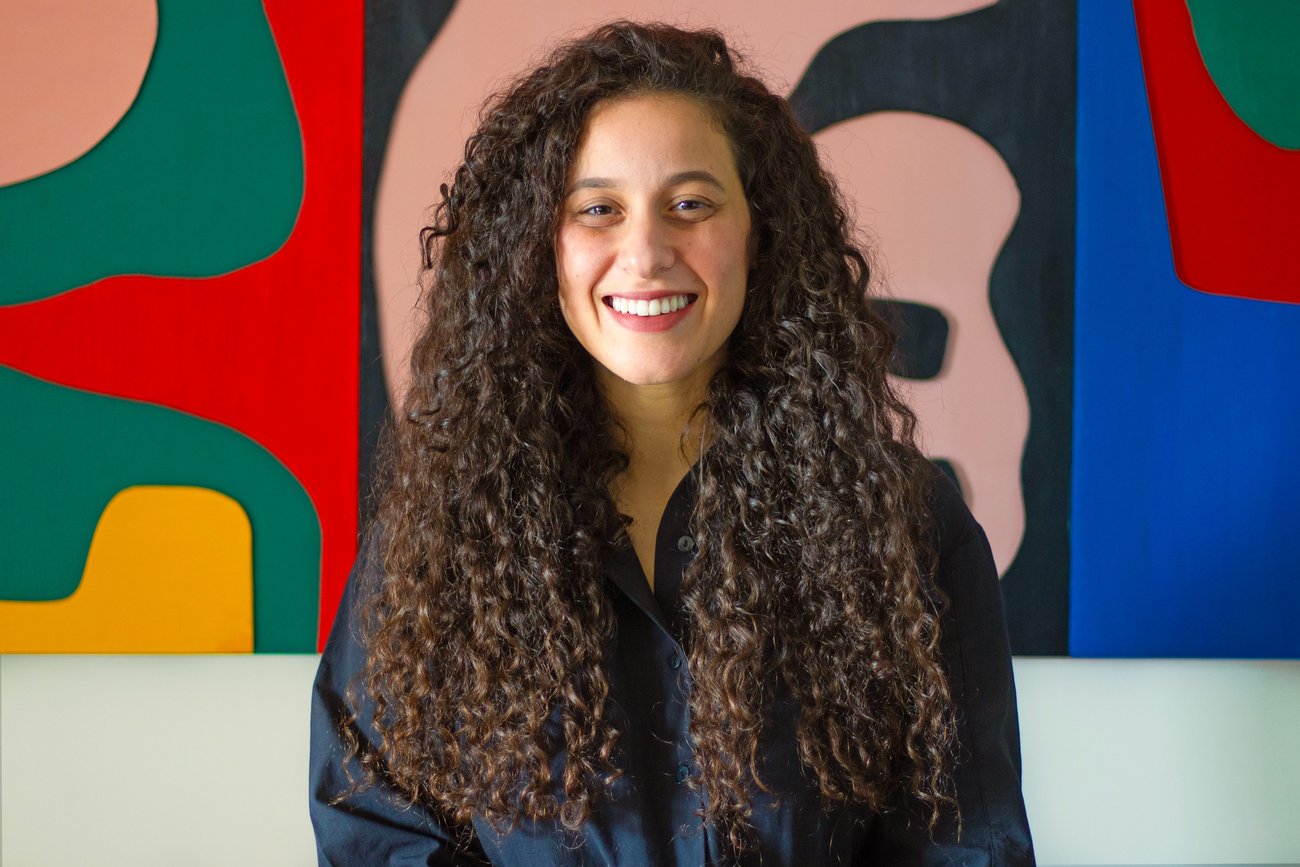
“Don't wait for permission to begin; a messy canvas is better than a blank one. You don't need a big title, a fancy job, or the perfect brief to start creating meaningful work.”— Khadija El Sharawy
When did you first become interested in art and design?
I've always been artistic ever since I was a kid. I remember seeing pictures of myself in my mother's photo albums always coloring on sheets of paper and creating things with my hands. I was lucky enough to have parents who always supported this part of me and encouraged it. When the time came to choose a college path, I was torn between studying literature and graphic design. I had always loved reading and writing but I also couldn’t imagine a future without design in it so I ended up going for a graphic design degree even though I knew nothing about it at the time. To try and get acquainted with it, I remember sitting on the couch watching Youtube videos and this one TED talk by Michael Bierut sealed the deal for me – the way he spoke about design’s power to shape how we interact with the world lit a spark in me that’s never gone out.
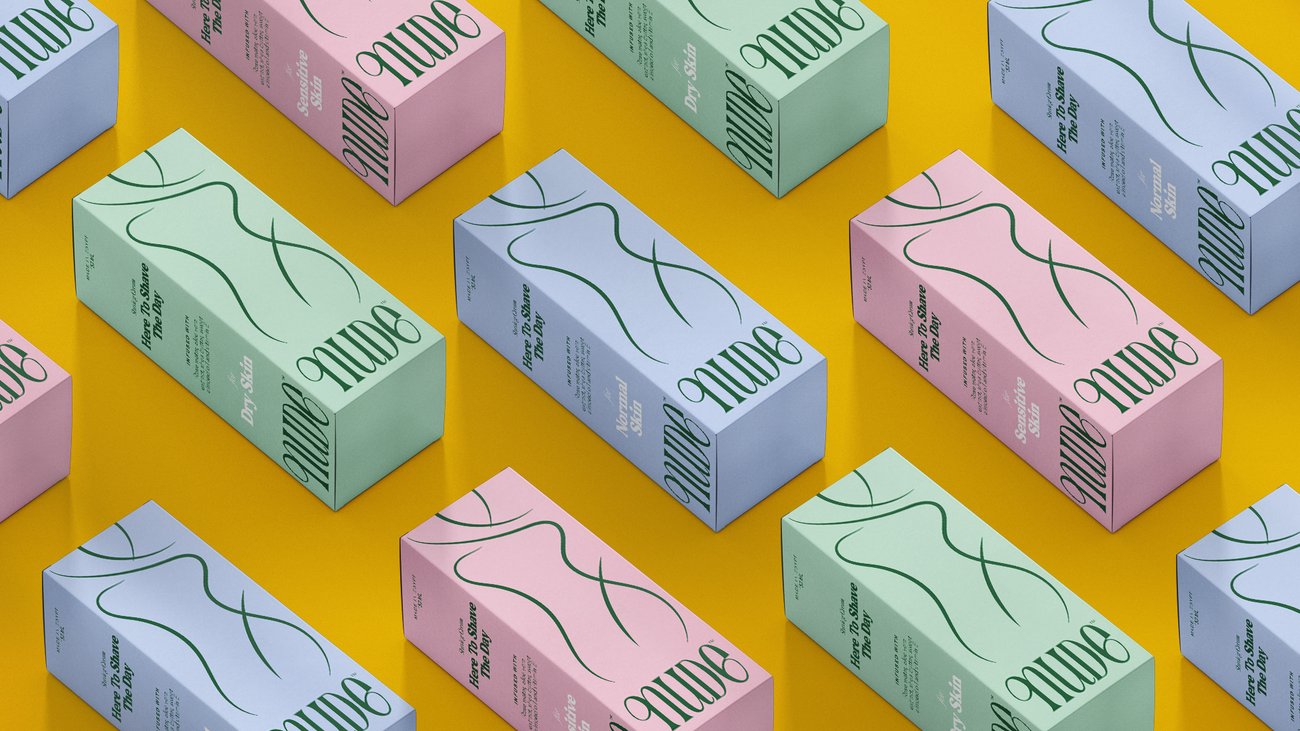
How would you describe your design style and how has it changed over time?
I remember in my first year of college, a professor told me I had a bold, expressive style—but that I was always “coloring outside the lines.” At the time, my work was raw and a little messy, but full of energy. Over the years—with guidance, mentorship, and practice—I learned how to polish that expressiveness into something more refined. Today, I’d describe my style as bold, storytelling-driven, and visually striking, with just the right balance of emotion and clarity.


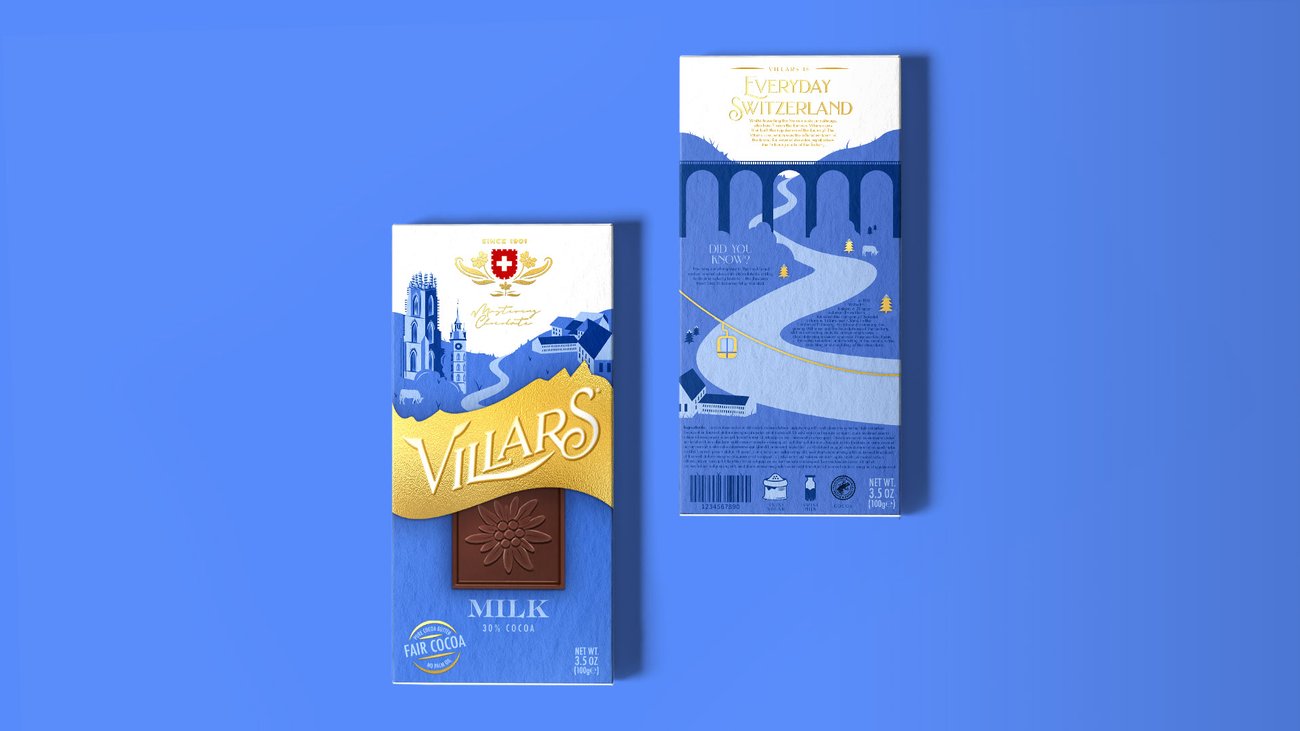
You specialize in brand strategy, branding, and packaging design – what do you love about these categories? What are some of the unique elements of working on brand and packaging projects?
I’ve always been fascinated by psychology—and I see branding as the intersection of psychology and design. You need to deeply understand the audience you’re building for; if your work doesn’t strike an emotional chord or resonate, it becomes just a “pretty” design. Brand strategy allows me to tap into a brand’s core personality — its behavior, values, and voice. Branding then gives that persona a name, a face, a color, and a full outfit, so to speak. By the end of the process, it truly feels like you’ve created a whole person with a distinct look, personality, and story tailored to the customer they’ll meet. Packaging design falls under the same umbrella for me—because I believe a brand should live beyond the pack, not just on it. Packaging projects are unique because they require condensing that whole story into a small, tactile space that still has to stand out on a crowded shelf. I approach each project with a different mindset, depending on the nature of the brand, but that combination of strategy, storytelling, and visual impact is what makes this work so exciting for me. Additionally, I would say the unique thing about working in branding is that you typically work on projects from various industries – food, fashion, sports, finance, medical – you name it. One project looks very different from the next, so you’re constantly researching, reading and exploring these different industries that cater to different needs.
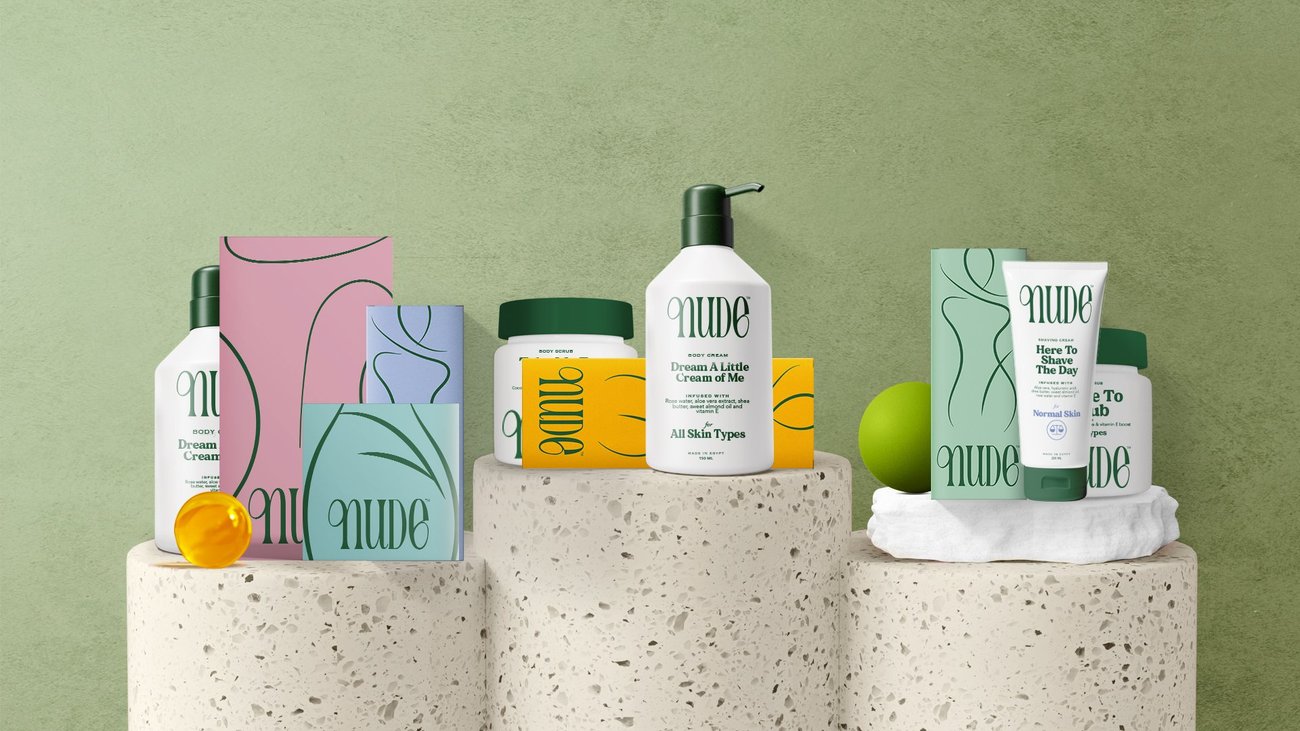
Walk us through your creative process - how do you take an idea from concept to delivery?
This is going to sound a little strange, but my creative process always starts with a little panic and a flood of bad ideas — and I’ve learned to fully embrace that. Over the years, I’ve noticed that my earliest ideas tend to be the most obvious or surface-level. But getting them out on paper is essential because it makes room for the really good ideas to emerge. Once I’ve done a broad brain dump, I begin filtering and mind-mapping to narrow things down to one or two strong directions. I’ve learned that less is more, and quality always trumps quantity. When I land on a concept that feels aligned with the brief and backed by solid visual research, the rest of the process becomes a matter of craft and refinement. One of the most important steps is how I package and present my work. That’s something I really honed during my time at a branding agency. I approach client presentations like storytelling: there’s a build-up, anticipation, and finally, a striking reveal that showcases the design in real-world applications. I want clients to feel the potential of the brand—how it could live on shelves, at events, or on their digital platforms — so they can envision how it will support their goals and connect with their audience. From there, it’s a collaborative back-and-forth until we reach the final design. I always try to see the project through the client’s eyes, especially when presenting — because while I’ve seen the process unfold step by step, it’s their first time meeting the work. That perspective helps me tell the story in digestible chapters and keeps the experience focused, clear, and exciting.
Over the course of your career, you’ve worked with a variety of clients including Coca Cola, Schweppes, and Nude Skin. How do you approach creative collaboration with your clients?
There are two ways I approach creative collaboration, and they often intersect. First: create the work you want to be hired for. Dream clients don’t always come knocking, no matter how talented you are—it’s a competitive space. So instead of waiting, I invest time in passion projects and fictional brands that let me flex my creative muscles and show the kind of work I want to do. These projects live on my Instagram, which I treat as a visual diary. I use it to experiment with illustration, animation, and design that excites me—and over time, it’s drawn the right kind of eyes to my work. The second way is through trust and word-of-mouth. High-profile clients often seek designers they can rely on because their brand is an emotional and financial investment. Most of the clients I’ve worked with came through referrals, and that’s always rooted in a strong client experience. More often than not, if you had a good client experience, even if it was a small-scale project, your name will come up in a conversation and the right people will reach out based on your reputation. Being a good designer is only half of it — you also need to be a thoughtful communicator and someone people genuinely enjoy working with. I will say though that this definitely doesn’t happen overnight and it does take time, consistency and patience.
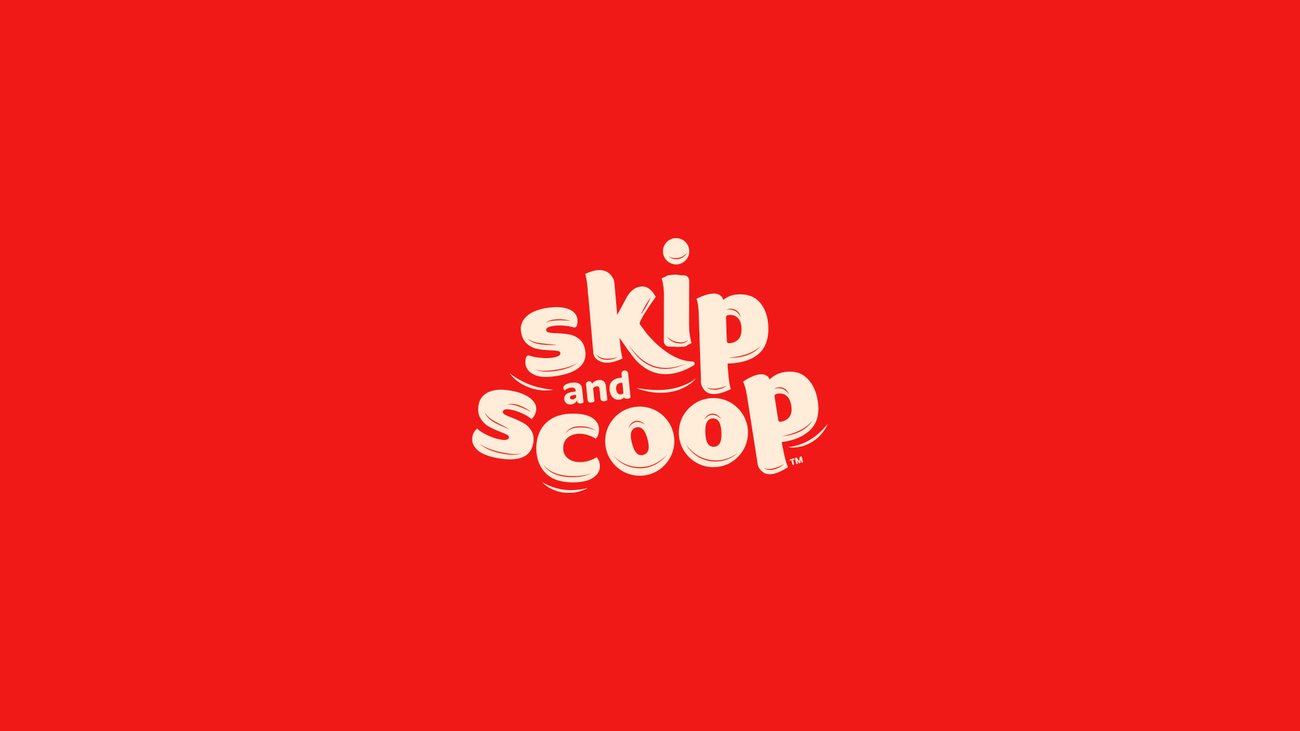

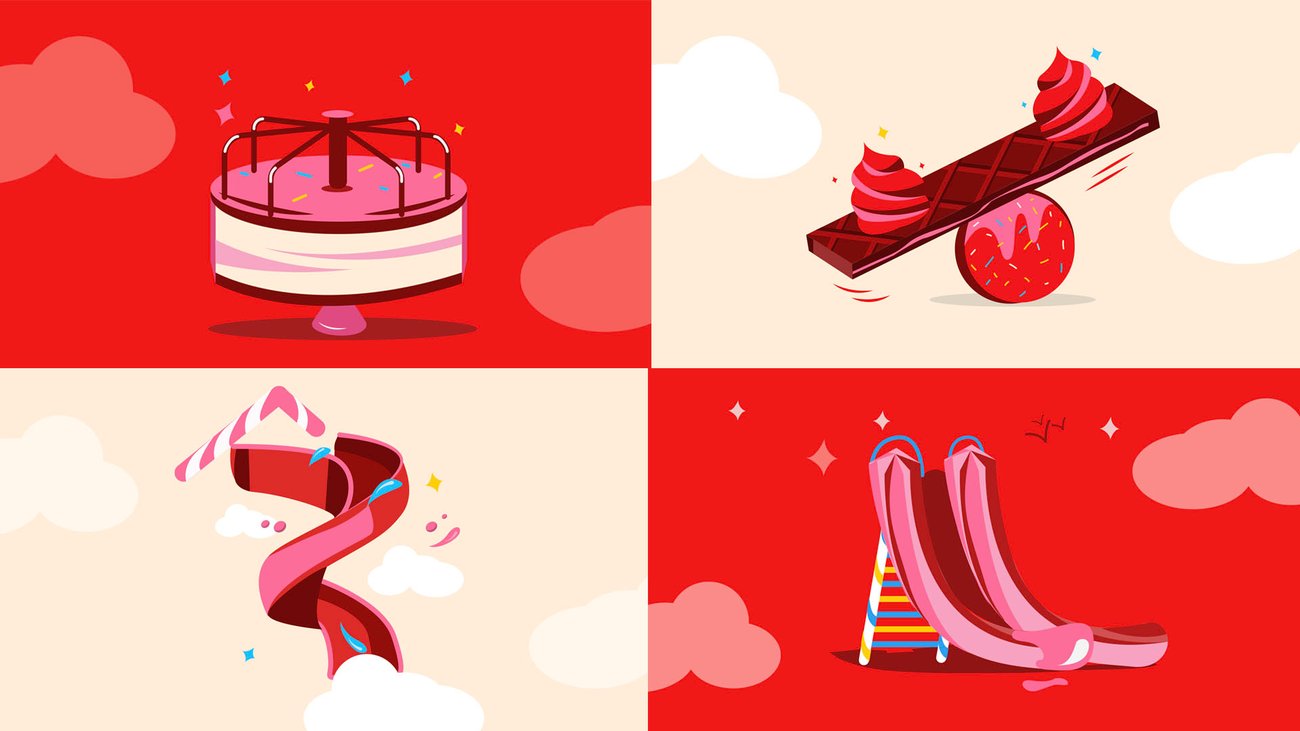
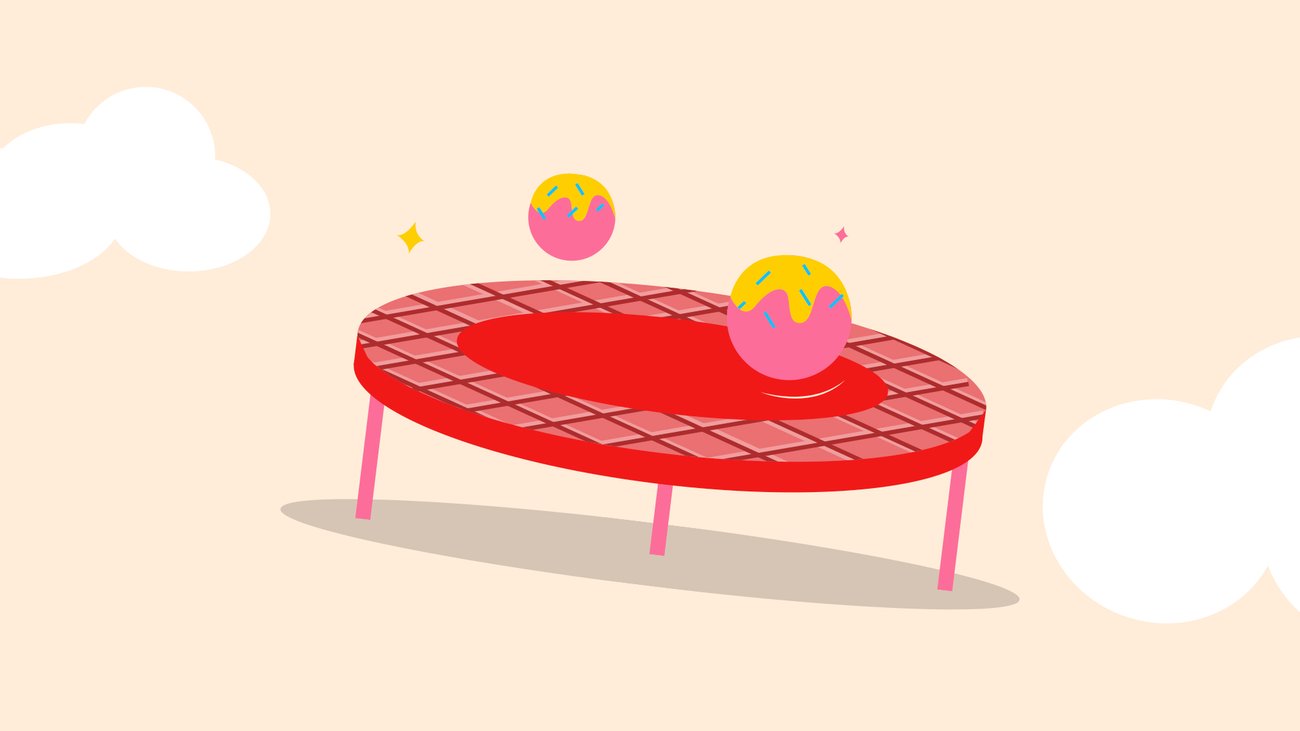
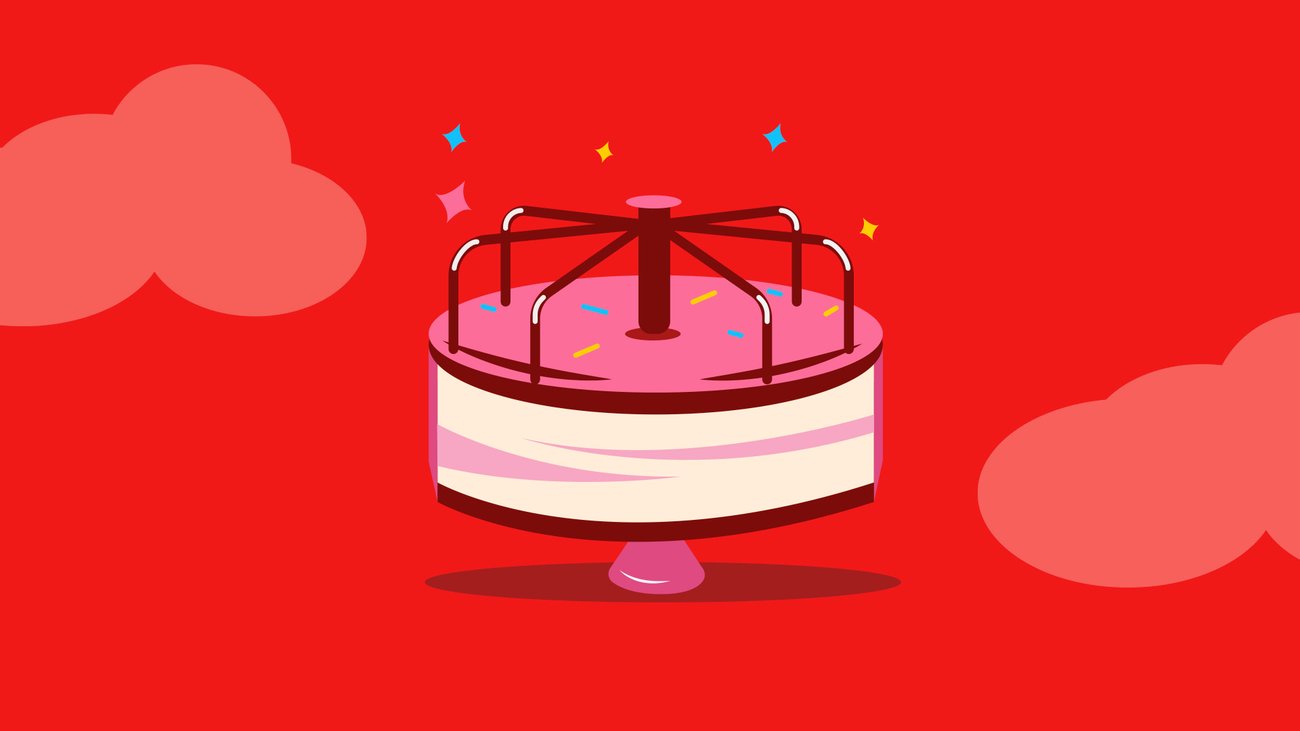
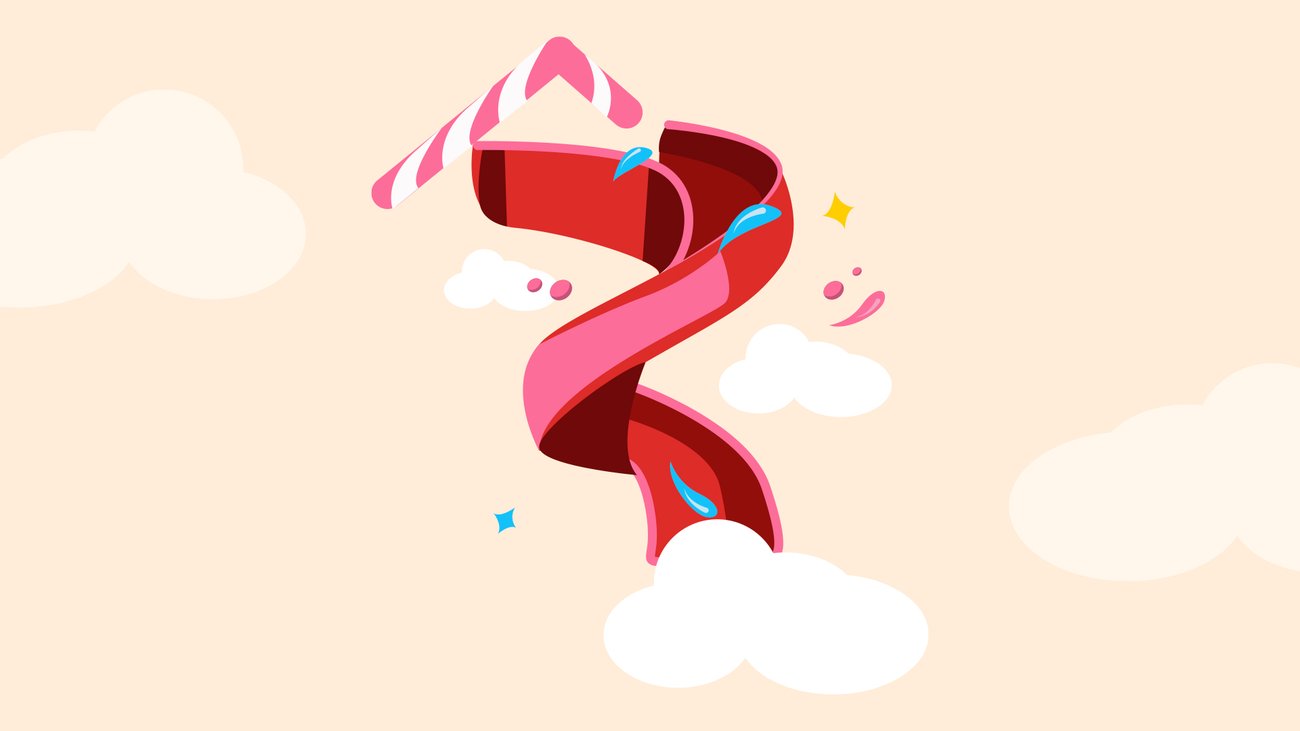
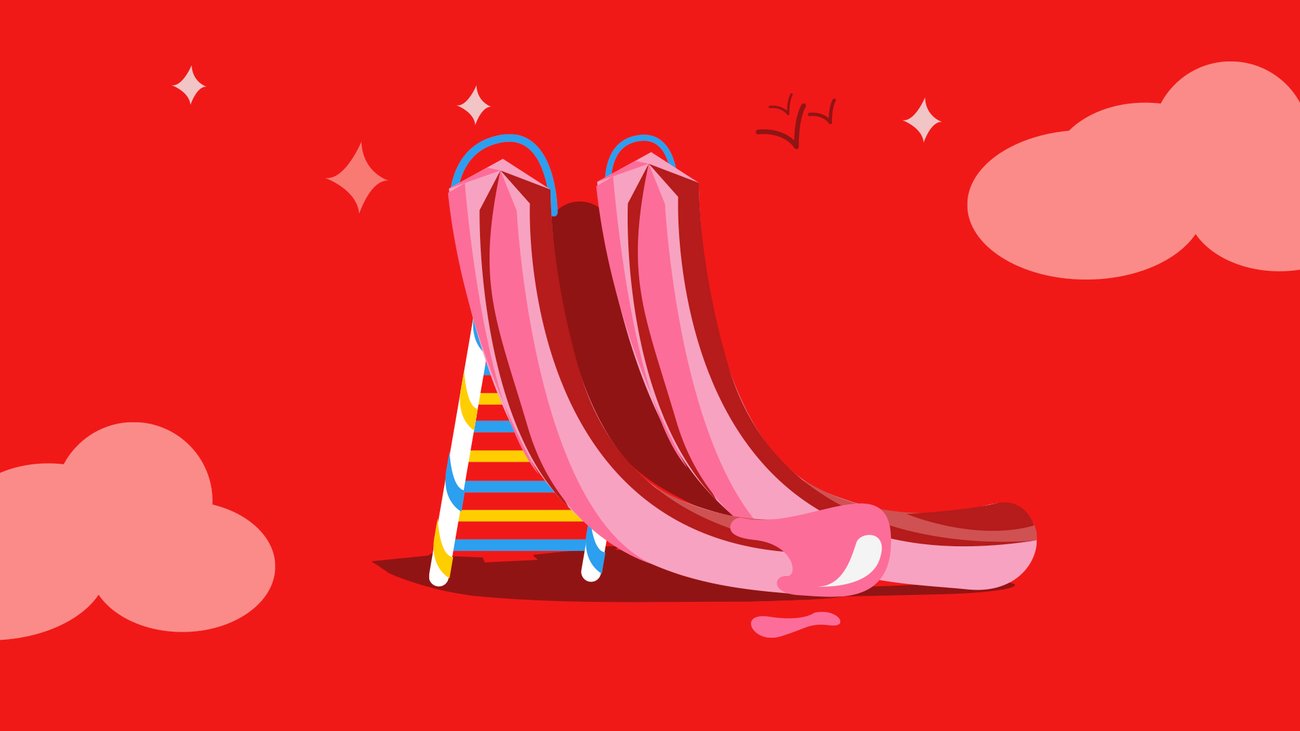
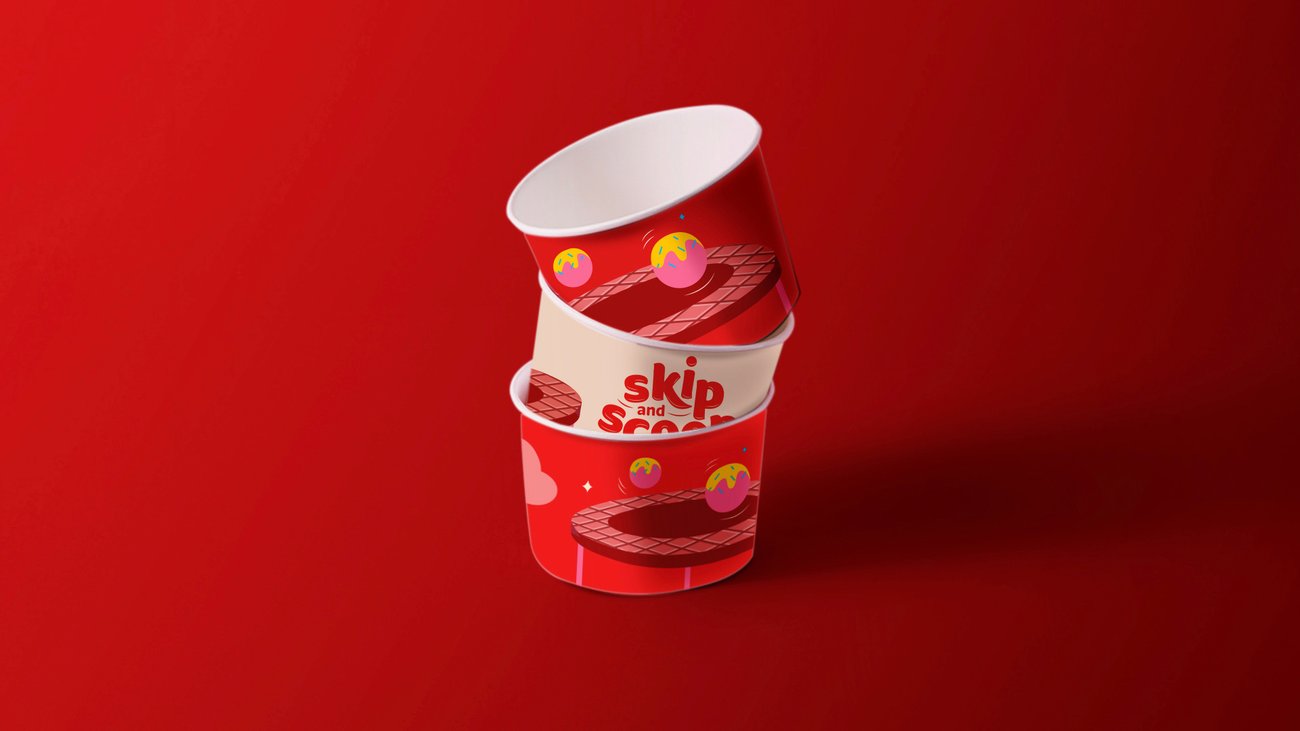
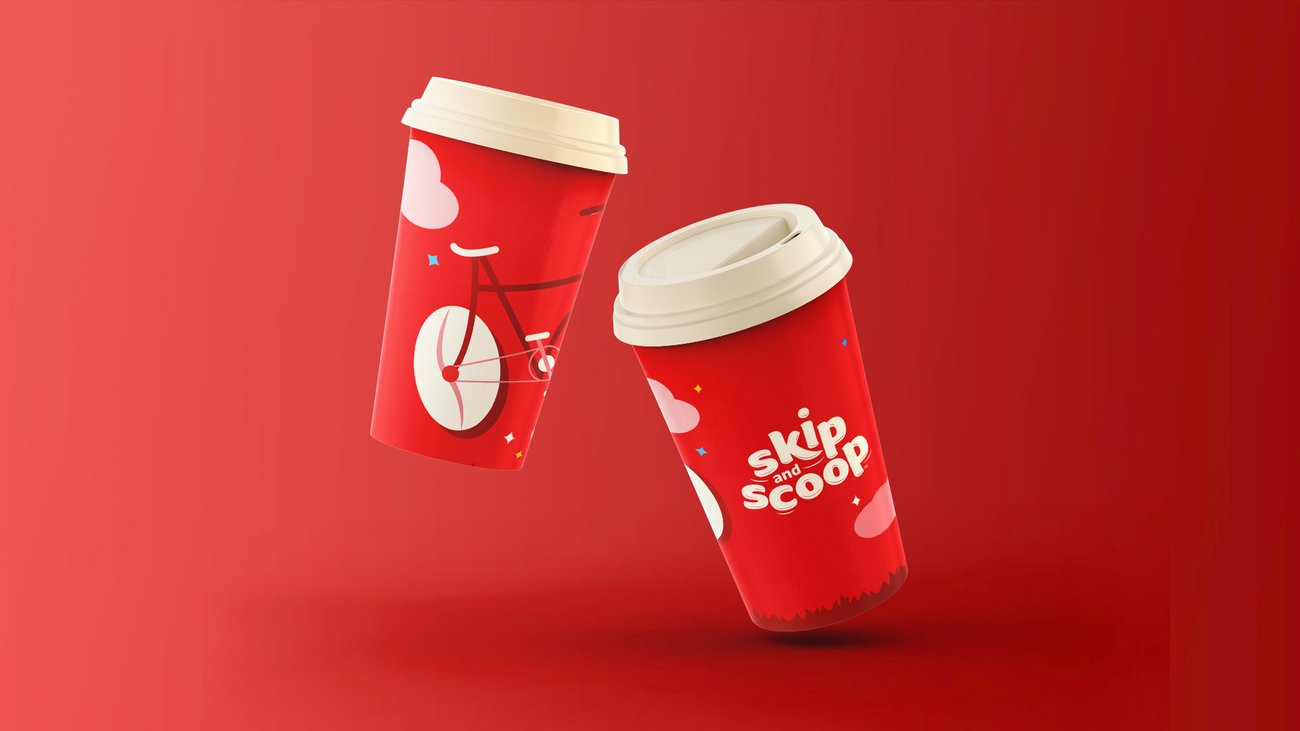
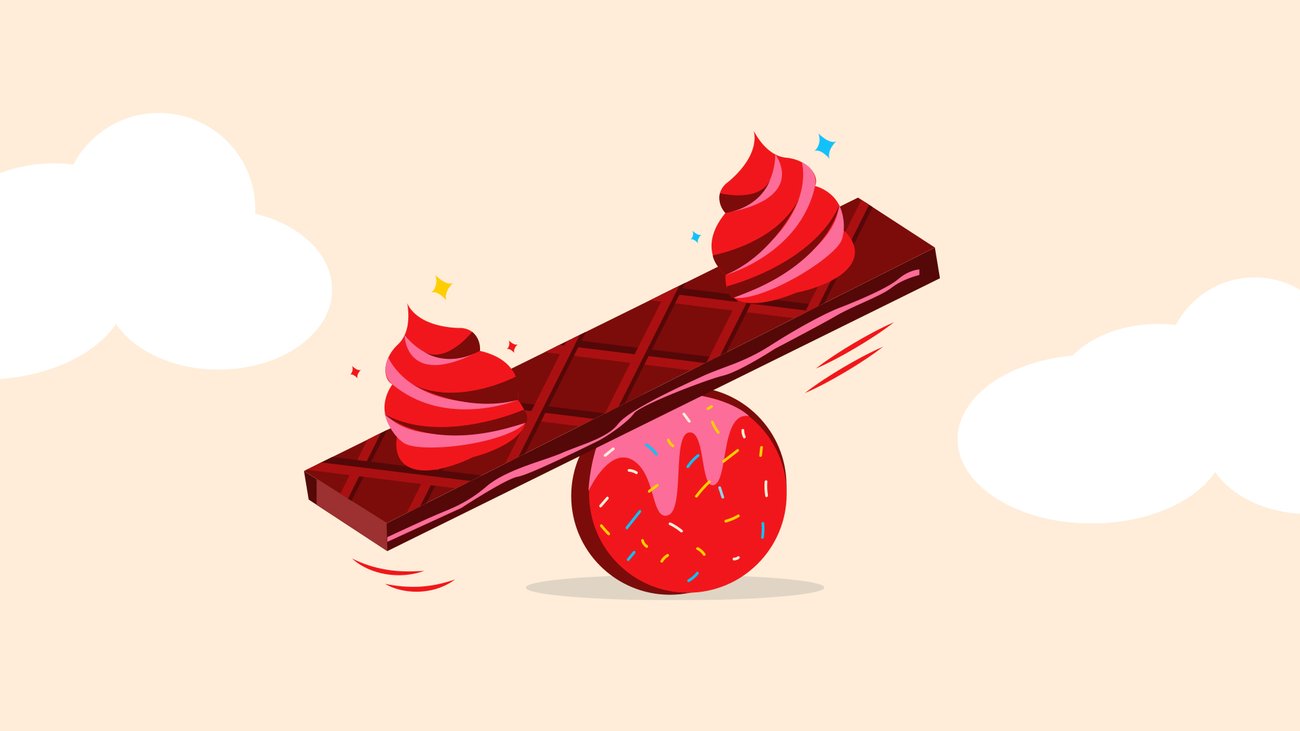
Do you have any favorite tools or resources, and where do you typically find inspiration?
You know, despite what people think of graphic designers about how they live behind their screens, I would argue that you actually need to live. Though I definitely go down the rabbit hole of Pinterest and many other inspirational design sites, I find that genuine inspiration comes from real experiences. Real experiences give you fresh emotions, opinions, and perspectives, all of which feed directly into your creative process. When I feel stuck, that’s usually my cue to step away and do something different. It’s not always an extravagant experience like traveling but it can be as small as taking a short walk, having a conversation with a friend about an interesting topic or just taking a break to read a good book. That temporary mind switch in itself is like a refresh button for my brain. Being an independent designer with a flexible schedule has definitely given me the privilege and the space to do that which really helped my work. That being said, I still love browsing through design inspiration online. Sites like BP&O, The Dieline, Mindsparkle Mag, and Brand New are my go-to resources that keep me updated on what’s happening in the industry and help train my eye to recognize strong design. As for tools, I’m a mix of analog and digital—I often sketch ideas on paper with colored pencils or scribble on my iPad to loosen up before diving into the more polished design work.
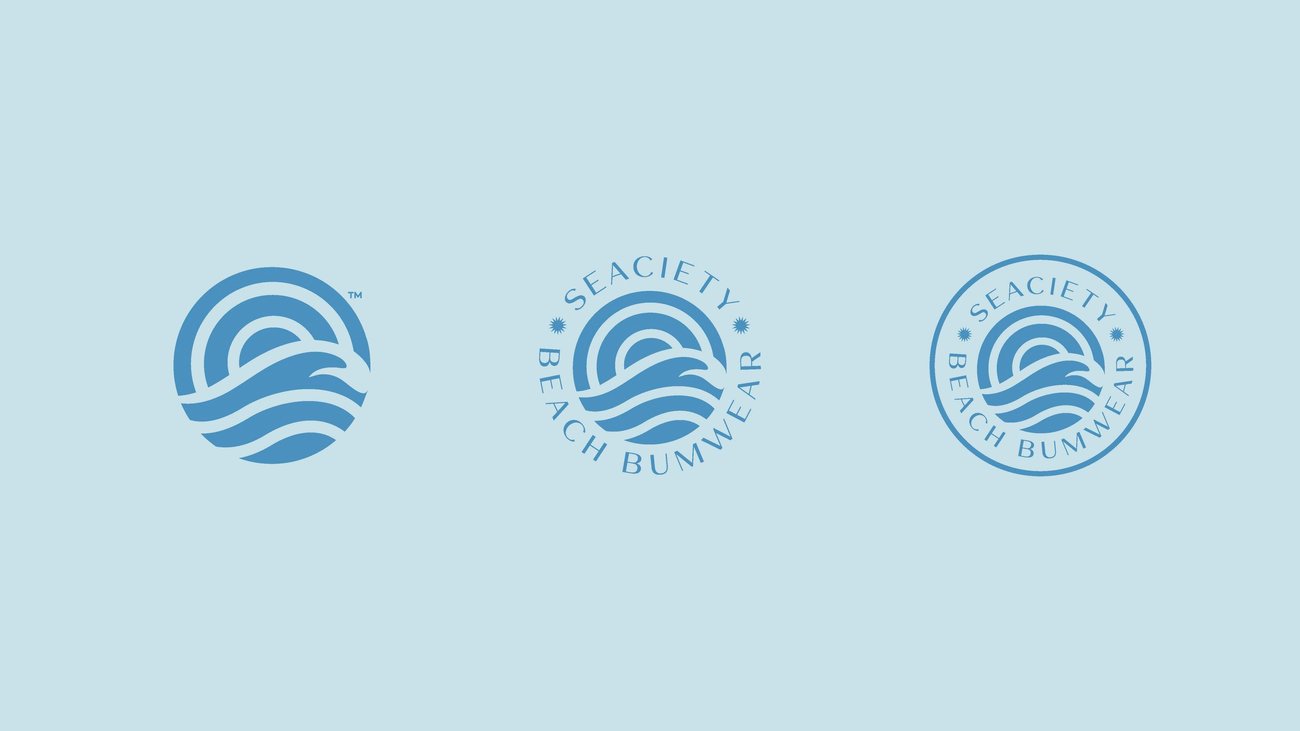

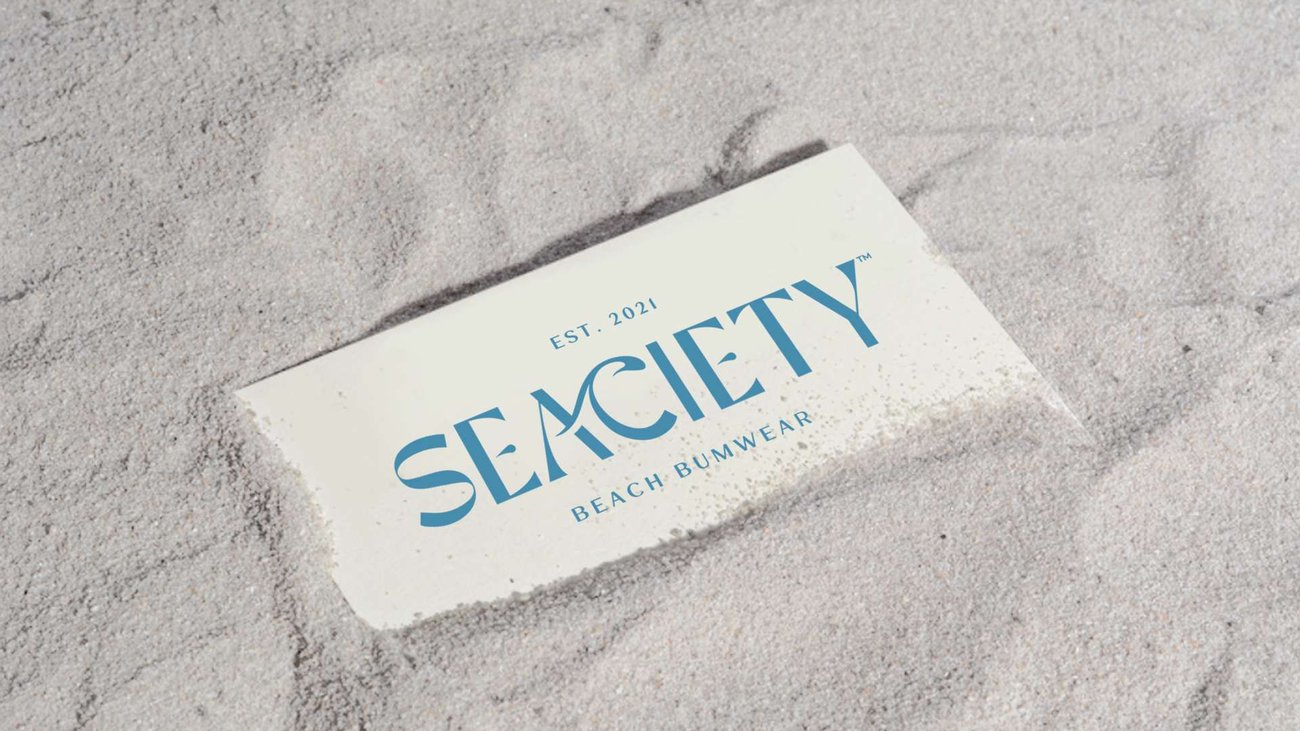
In addition to your design and illustration work, you are a Skillshare Top Teacher and have helped thousands of students learn some essential design and branding skills. Can you tell us more about your courses? Why is engaging with and giving back to the community in this way something you’ve chosen to devote time to?
My first experience with Skillshare was actually as a student—I loved that the platform offered curated design classes that always ended with a class project, and the best part was how personal and human the teaching felt. It wasn’t just an online course; it felt like a real conversation, and that really resonated with me. Years later, when I became an independent designer and felt confident in my skills, I started thinking about giving back. Friends and colleagues often told me I had a knack for delivering feedback in a genuine and bite-sized way, so I decided to give teaching a shot—and it’s been incredibly rewarding ever since. My classes are mostly focused on branding, but I try to break things down into very specific pain points. I remember how intimidating it felt as a student to take long, all-encompassing classes on branding when I was really just stuck on one thing—like how to design an icon for a logo or explore a particular illustration style. So I keep that in mind and shape my classes around what I wish I had when I was learning. I also try to cover topics that are often overlooked but super valuable—like how to present your work to clients. That class in particular came from things I learned while working at an agency, and I know it’s helped a lot of students feel more prepared for the real world. I genuinely enjoy the whole class creation process—from structuring and scripting to filming and packaging the final content in a way that’s both insightful and visually engaging. It’s even inspired me to start planning for more content creation in the design education space. In a way, it feels like a full circle moment—from being that student watching Michael Beirut talk about design, to now sharing what I’ve learned with others.
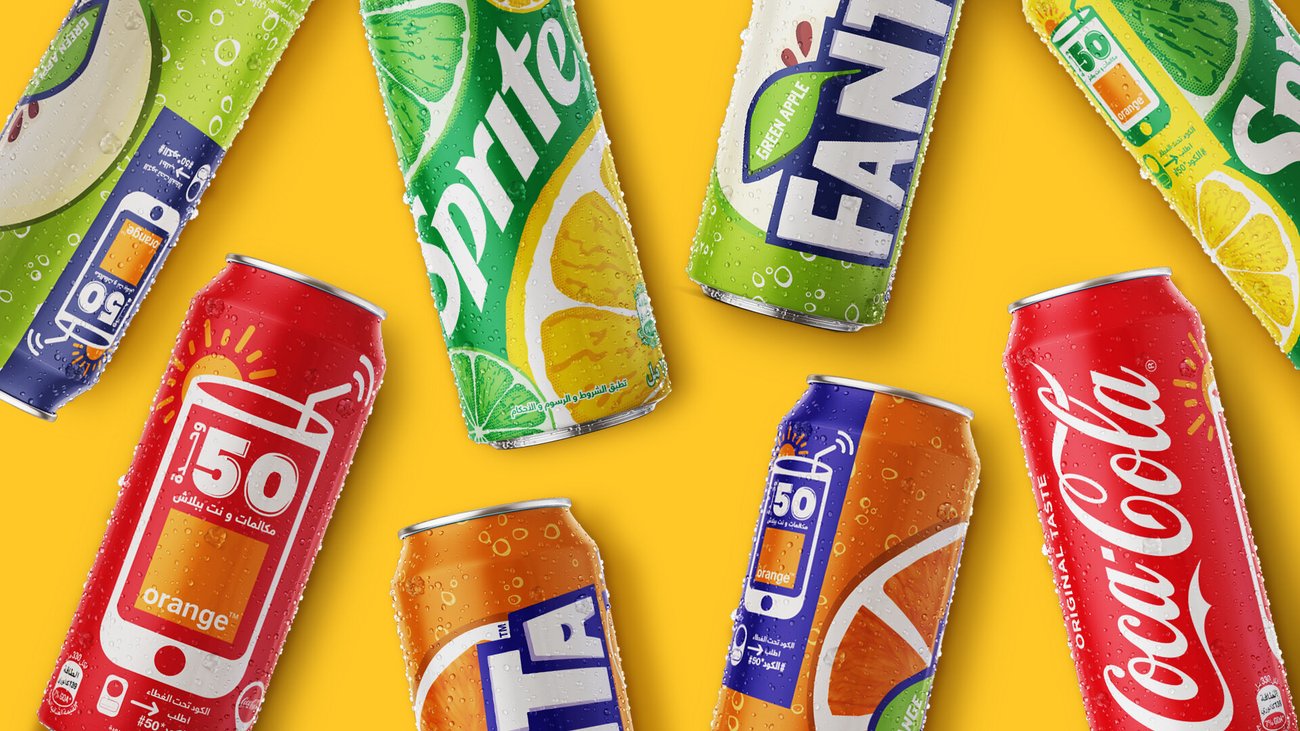
What’s been one of the biggest career lessons you’ve learned so far?
One of the biggest career lessons I’ve learned is that change is scary but inevitable—and that’s okay. When I first started out, I followed a pretty traditional path: I interned at a branding agency, worked my way up to junior designer, then senior designer. Naturally, the next step was to manage a team and continue climbing that ladder. But somewhere along the way, I realized that trajectory wasn’t aligned with the kind of life I wanted. I didn’t want a title—I wanted freedom. So I took the leap into independent work, and as scary and unstable as it felt at first, it’s been the most fulfilling decision I’ve made. I’ve been independently working for almost 5 years now and even in this very moment, I’m aware that change is bound to happen. I might venture out to something new or I might shift my specialization. It’s human nature to want to keep evolving and you normally keep changing as you grow up so naturally your career path changes with you. The difference now is that I’m embracing it, I’m trying to loosen my grip on the reins and see where this path continually takes me.
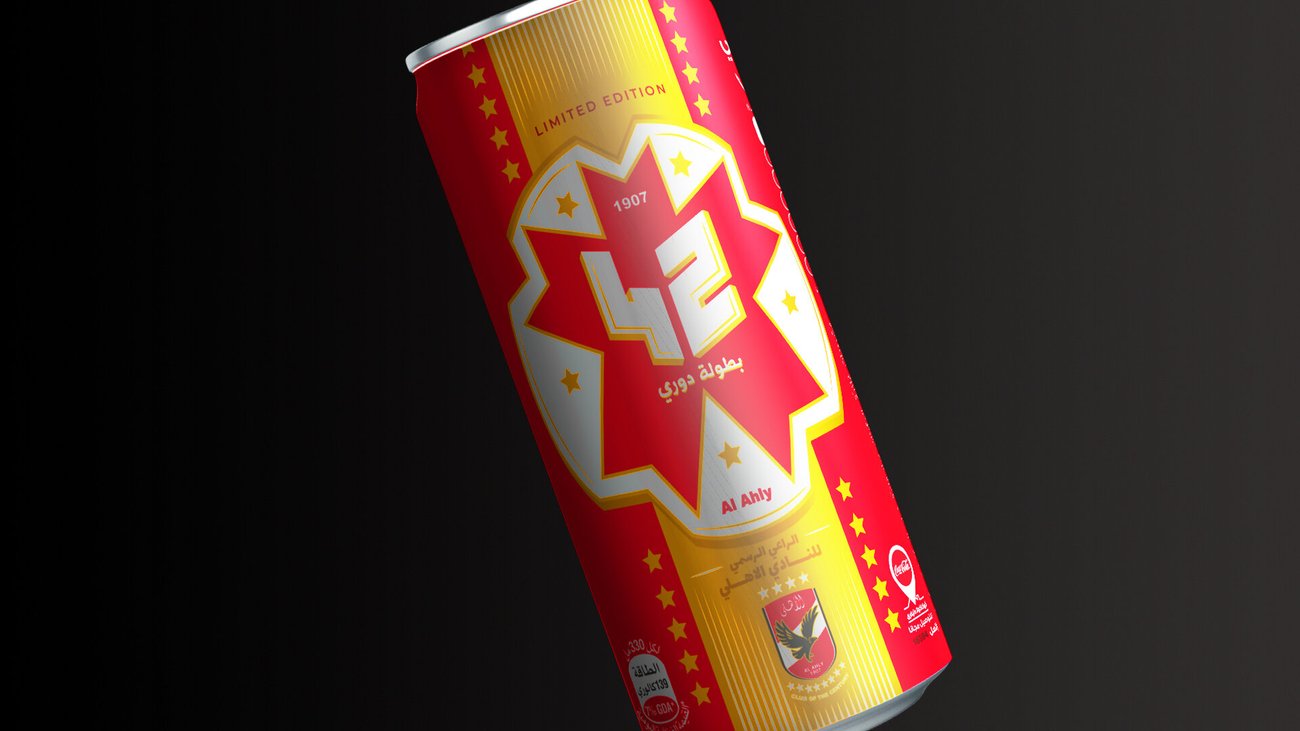
What advice would you give to designers and illustrators who are looking to start their careers?
Don’t wait for permission to begin; a messy canvas is better than a blank one. You don’t need a big title, a fancy job, or the perfect brief to start creating meaningful work. Some of the best opportunities come from passion projects—things you create out of pure curiosity or love. They not only help you find your voice but also attract the kind of work you want to be hired for. Also, don’t be afraid to make mistakes. You’ll send a cringey portfolio, forget something in a deliverable, or completely misread a brief—it’s part of the process. I look back at my old portfolios and design work and I’m like “How did I send that out?!” – but sure enough someone saw potential in me and helped me hone my craft. If I hadn’t done that, I wouldn’t have been hired and mentored and guided to where I am today. Every misstep is a stepping stone to refining your craft. And finally, stay curious. This is a career that requires constant learning (I know I still am!)—with new tools, trends and technologies emerging. Let your interests evolve. Let yourself evolve. If you’re open to learning and willing to put in the work, you’ll be surprised how far you can go.
What are you working on now and what’s up next for you?
Right now, I’m in a season of exploration and investment in myself. I recently launched a new Skillshare class (which was a Staff Pick—yay!) and I'm planning to create a new one around summer. I’ve also been getting more intentional about my personal work—I want to continue honing my animations skills and becoming more consistent and active on Instagram. It’s been a great outlet to stay creatively active and connect with a wider audience. Looking ahead, I want to start branching out into content creation beyond Skillshare—possibly YouTube or other forms of design education that feel more casual, conversational, and authentic. I want to continue building a body of work that reflects not just what I do, but how I think and what I care about. I’m excited (and a little nervous, in the best way) to keep pushing myself, try new formats, and stay open to exciting opportunities that speak my language.
To view more of Khadija's work, visit her Portfolio or Instagram, and check out her classes on Skillshare!
Khadija was nominated by Skillshare. All artwork courtesy of Khadija El Sharawy.